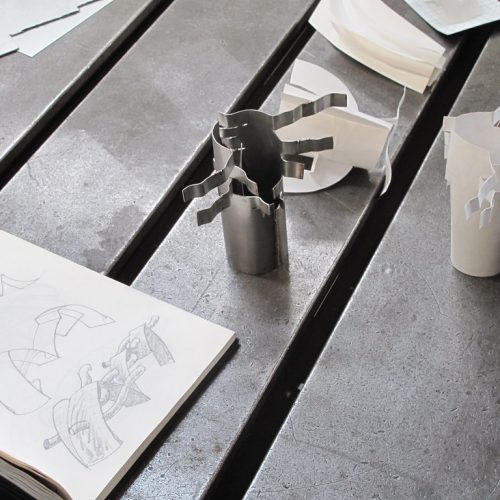Important Differences Between 17-4 Stainless Hardness and 316L Stainless Steel
As you may or may not know, stainless steel is available in a wide range of compositions, sizes, and shapes. Stainless steel is an alloy formed using a variety of added materials such as chromium, iron, and nickel to create a material that is resistant to corrosion and extremely durable. You may need sheet metal with different properties depending on the application they are intended such as choosing 17-4 stainless, its hardness properties make it ideal for certain applications. Today, we are looking at the differences between 17-4 and 316L stainless steel. 17-4 Stainless Steel Specifics When choosing 17-4 stainless for hardness and durability, you should understand what the numbers 17 and 4 stand for. As a side note 17-4 stainless steel is also known as SAE Type 630 and is one of the most commonly used forms of stainless steel used in manufacturing by companies like Additive Manufacturing, LLC. Back to the numbers, which are used to indicate the composition of the alloy. The number 17 indicates the alloy contains 17% chromium. The number 4 indicates it contains 4% nickel. In certain instances, the alloy may also contain between 3 and 5 percent copper. 316L Stainless Steel Specifics One of the most important facts about 316L stainless steel is that the alloy contains exceptionally low amounts of carbon. By standards, it must contain no more than 0.03% carbon. The composition of this alloy may contain between 16 and 18% chromium and 14 to 16 % nickel. It may also contain tiny amounts of phosphorus, manganese, nitrogen, silicon, and sulfur. The number 316L is simply the reference number assigned to this stainless steel alloy by the Society of Automotive Engineers (SAE), an international organization that sets the standard for all metals and many other items and specifications. At Additive Manufacturing, LLC we have found that 316L stainless steel can be used in a wide range of industrial applications. It is highly resistant to corrosion and is frequently used in applications where long-term exposure to hydrogen occurs. Many other alloys and metals will quickly succumb to deterioration when in constant contact with hydrogen. This process is referred to as “hydrogen embrittlement” and can result in leaks that pose a serious safety and health risks to the environment and anyone who comes into contact with the substance leaking. Fortunately, 316L stainless steel is highly resistant to hydrogen embrittlement, making it ideal for environments where hydrogen under pressure is present. The Right Choice As you can see while you might be thinking about using 17-4 stainless for hardness reasons, it may not always be the best choice for your project. Each stainless alloy has properties that might make it more suitable for certain uses over another. To be sure you are working the right stainless steel alloy in your next project, contact the experts at Additive Manufacturing, LLC. Our engineers will be happy to look at your design and suggest the best alloy for the parts you have in mind. Our goal is to make sure you are using the best materials for all of your projects.

